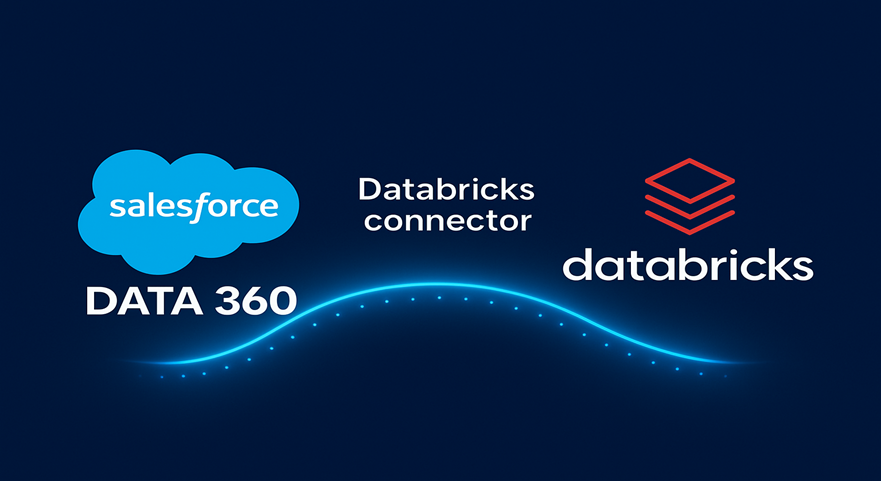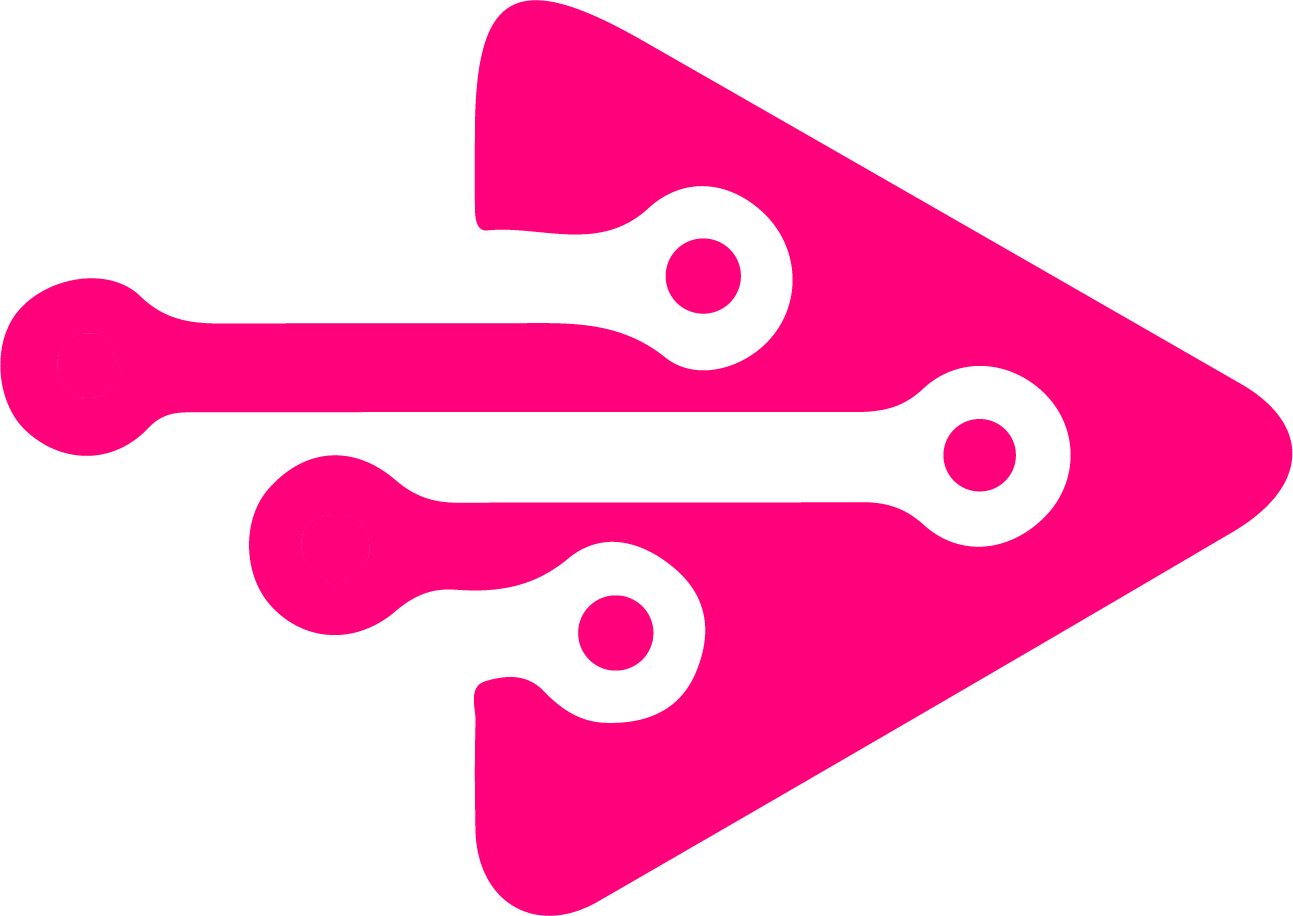Why Connect Salesforce Data 360 to Databricks

Connecting Salesforce Data 360 to Databricks has become essential for data-driven organizations looking to unify customer data, enhance insights, and drive personalized engagement. Through the Databricks connector, businesses can seamlessly integrate Salesforce’s rich CRM data with Databricks’ advanced analytics and AI models. This combination helps build a single source of truth and unlocks real-time, actionable intelligence across sales, service, and marketing.
Understanding the Need to Connect Salesforce Data 360 to Databricks
The main reason why connect Salesforce Data 360 to Databricks is so critical lies in the synergy between customer data and AI analytics. Salesforce Data 360 consolidates fragmented customer information across multiple systems, while Databricks provides a powerful data engineering and machine learning platform.
When connected through the Databricks connector, organizations can:
- Unify customer data for holistic insights
- Clean and transform Salesforce data at scale
- Build predictive models using AI and ML
- Automate data synchronization between platforms
- Improve personalization across digital touchpoints
By leveraging this connection, enterprises can achieve smarter forecasting and deeper customer understanding.
Key Benefits of Using the Databricks Connector with Salesforce Data 360
Here are the top benefits of using the Databricks connector to integrate Salesforce Data 360:
- Unified Data Lakehouse
The Databricks connector brings Salesforce Data 360 data into a unified lakehouse architecture, ensuring every team works with accurate and up-to-date customer data.
- Enhanced AI and Machine Learning
Databricks’ ML environment allows data scientists to apply machine learning directly on Salesforce datasets, identifying patterns that reveal customer behavior and churn risks.
- Real-Time Data Sync
With the Databricks connector, real-time data pipelines keep Salesforce Data 360 synchronized with Databricks, ensuring every analytics model reflects the latest updates.
- Improved Customer 360 Analytics
Why connect Salesforce Data 360 to Databricks? Because it enriches Salesforce dashboards with insights drawn from Databricks models, delivering deeper, more contextual analytics.
- Reduced Manual Integration Efforts
Traditional ETL processes are replaced with automated sync through the Databricks connector, saving engineering hours and reducing data latency.
Use Cases of Connecting Salesforce Data 360 to Databricks
When enterprises choose why connect Salesforce Data 360 to Databricks, they open the door to powerful use cases like:
- Personalized marketing: Use Databricks AI models to segment customers and sync insights back into Salesforce campaigns.
- Predictive sales analytics: Forecast sales trends by merging CRM data with historical data in Databricks.
- Customer churn prevention: Identify at-risk customers using predictive scoring and trigger automated Salesforce alerts.
- Data governance: Maintain consistent and compliant data pipelines using the Databricks connector.
For further details on how Databricks handles secure integrations, visit the official Databricks documentation.
How to Connect Salesforce Data 360 to Databricks
Integrating Salesforce Data 360 with Databricks involves a few streamlined steps through the Databricks connector:
- Authenticate Salesforce Data Cloud credentials in Databricks.
- Configure the Databricks connector to map Salesforce objects.
- Set up Delta Live Tables for real-time updates.
- Validate the connection through Databricks SQL or notebooks.
- Visualize results in BI tools such as Tableau or Power BI.
This process creates a live connection where updates in Salesforce Data 360 instantly reflect within Databricks dashboards and analytics layers.
Why Connect Salesforce Data 360 to Databricks – Strategic Business Impact
Companies questioning why connect Salesforce Data 360 to Databricks should consider the long-term value:
- Stronger data alignment: All teams work from unified customer records.
- Faster decision-making: Analytics are generated in real-time via the Databricks connector.
- AI-driven personalization: AI insights from Databricks empower Salesforce to deliver dynamic experiences.
- Scalable architecture: The setup supports petabyte-scale data for enterprise needs.
Together, Salesforce Data 360 and Databricks redefine how organizations transform raw data into business intelligence.
Conclusion –
Empowering Businesses with Unified Data Intelligence
The decision on why connect Salesforce Data 360 to Databricks is clear: it bridges CRM intelligence with AI-powered analytics, making it possible for businesses to act on data faster and smarter. The Databricks connector ensures a seamless, secure, and automated integration that drives value across marketing, sales, and customer experience.
Tech i-vin Technology helps enterprises implement Salesforce-Databricks integration with end-to-end consulting, connector setup, and performance optimization.
Ready to unify your customer data?
👉 Contact Tech i-vin Technology today to start your Salesforce–Databricks integration journey.
